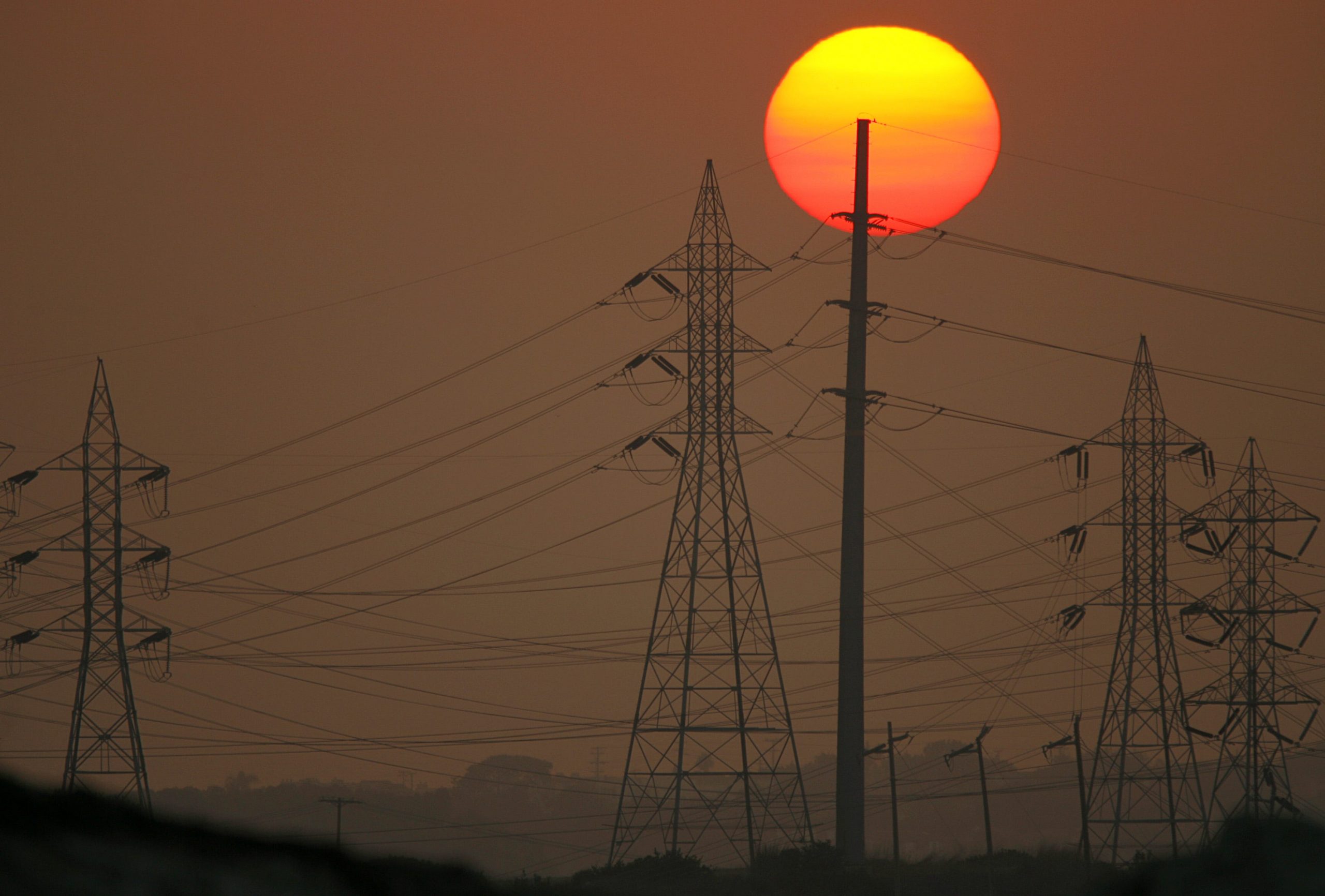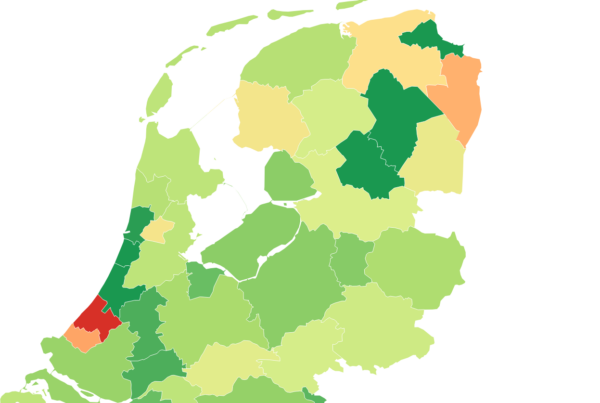Welcome to Insider Energy, a weekly energy newsletter brought to you by Business Insider.
Here’s what you need to know:
- We changed our name! Power Line is now Insider Energy.
- Want to get Insider Energy in your inbox every Friday? Sign up here.
- Most of our content is available to BI subscribers. Click here for 20% off.
This week, California faced converging disasters that plunged the state into crisis – extreme heat, rolling blackouts, wildfires, and, of course, the continued spread of a deadly virus that can make breathing difficult even if you’re not living in a state choking on smoke.
Yikes! That is a scary sentence.
Recent extreme weather isn't unique to California. There was Hurricane Isaias, which rode up the east coast earlier this month, and a derecho in Iowa. It's never a great sign when you have to look up a weather phenomenon. It's maybe worse when you learn it stands for lines of thunderstorms, a literal onslaught.
This has a lot to do with energy.
In California, hot weather caused a surge in electricity demand, which the grid operator failed to meet. It was instead forced to initiate rolling blackouts. Meanwhile, dirty forms of energy, such as natural gas, are among the drivers of climate change, which is known to fuel extreme weather including hurricanes and wildfires. Cool, cool, cool.
All of this, in turn, is fueling conversations on the value of clean energy. It's also shining a spotlight on companies like Sunrun that offer distributed forms of energy that can help relieve some strain on the grid.
Inside look: How Sunrun's $3.2 billion deal with Vivint Solar came together
I love reading SEC filings. Just kidding.
Sometimes, however, they do offer useful insights into public companies. And lucky for you, I spent time poring over a recent S-4, a filing for mergers and acquisitions, submitted by the companies Sunrun and Vivint Solar.
Background: In July, Sunrun, the nation's largest rooftop solar company, said it would buy rival Vivint Solar in a deal valued at $3.2 billion.
- The companies would form a solar behemoth with about half-a-million customers and control at least 15% of the residential solar market.
Inside the deal: The SEC filing and interviews with Sunrun execs, including the CEO, revealed that combining forces was something the two companies had been considering for years.
- "Back in the 2016 timeframe, I think we both recognized that the two companies have really complementary customer reach," Sunrun CEO Lynn Jurich told us.
- But the actual bidding process, which started with 24 prospective buyers, took place over just a few short months amid the pandemic.
Do you have a tip about Sunrun or Vivint Solar? Reach me at [email protected] or through the encrypted messaging app Signal at 646-768-1657.
Big oil companies may soon be able to drill in the Arctic Refuge - but they probably won't want to
Alaska's Arctic National Wildlife Refuge is the largest remaining swath of wilderness in the nation. It's also home to what is believed to be a ton of oil.
For years, ANWR has been at the center of a dispute between environmental activists and energy companies, which came to a head on Monday when the Trump administration finalized plans to allow oil companies to drill in the refuge.
We were wondering ... Given the current price of oil, still down 30%, and rising pressure among investors to focus on sustainability, would anyone be interested in drilling there?
- We put that question to four industry analysts and six companies that we learned might be interested in Alaska's resources.
- The analysts told us that while the prospect of drilling in ANWR might have been appealing several years ago, the calculus looks a lot different today.
- Most big oil companies won't be interested, they said, underscoring the idea that the administration's move was more political than anything.
- Here's the full story, where we lay out analysts' reasoning and statements from companies.
Side note: One of the oil companies with an interest in Alaska is ConocoPhillips. We wrote about the company's project in North Slope, which would use cooling devices to keep the permafrost frozen in order to drill for oil.
- It was hard not to point out the irony: The permafrost, or ground that remains frozen year after year, is melting as a result of global warming. Burning oil, a fossil fuel, drives global warming.
- As readers pointed out, refreezing the permafrost is a relatively common technique that's been used in the Arctic for years.
- One company that sells cooling devices points out that they've been used more widely in recent years.
'The cocktail of disincentives to own energy is complete'
Those are the words of Bank of America analysts, who, on Monday, published an investor-focused report about how the oil price collapse was among the forces that "broke" American oil companies.
- They described a long period of poor returns, a growing focus on sustainability among investors, and the recent market meltdown as a "cocktail of disincentives" to own energy stocks.
- The analysts also called Q2 earnings "the worst earnings season in a generation."
But: For investors, this could ultimately be good news. On the other side of the coronavirus pandemic and price shock, the US oil sector will be more investible than any time in the last decade, the bank said.
- Months of cheap oil transformed companies focused on exploration and production, driving a new mandate of moderate growth "that is competitive with the broader industrial sector, but leveraged to a cyclical recovery," the bank said.
Top stock picks: You know we love 'em. Bank of America laid out its seven top-choice stocks, with a compelling argument for each. You can see all of those here.
5 top reads on California's energy crisis
- "California's crises show politicization of climate change and energy" (Axios)
- "Yes, climate change is almost certainly fueling California's massive fires" (MIT Tech Review)
- "Here's how California can keep the lights on while meeting its clean energy goals" (Los Angeles Times)
- "Poor planning left California short of electricity in a heat wave" (New York Times)
- "Trump attacks Biden by blaming Democrats for California blackouts" (Washington Post)
That's it! Have a great weekend.
- Benji
Ps. I am officially mobile, watch out. I bought a bike that I built myself, and let me just take this opportunity to say that building bikes is not a natural strength. But it looks cute, right?












